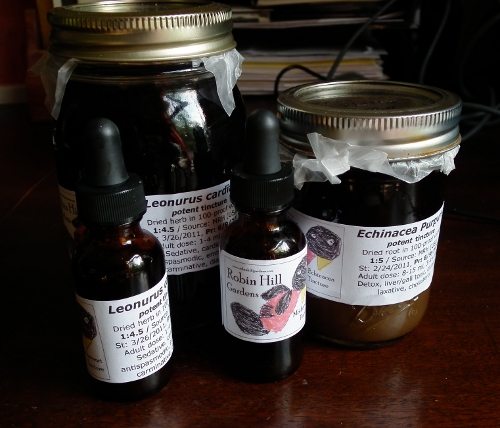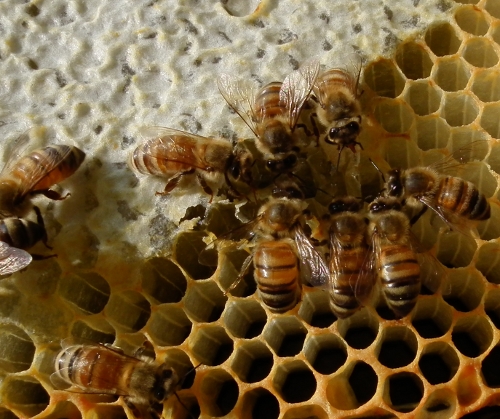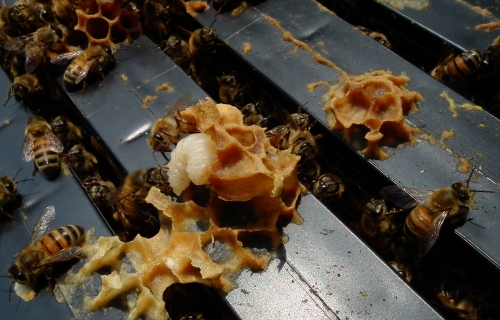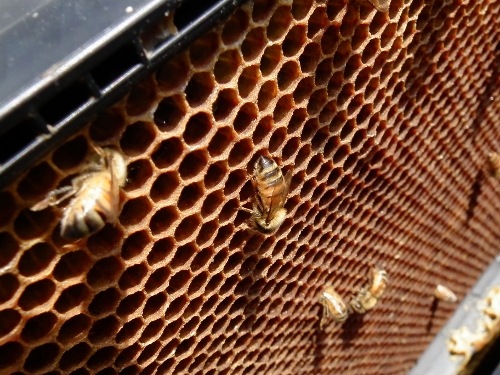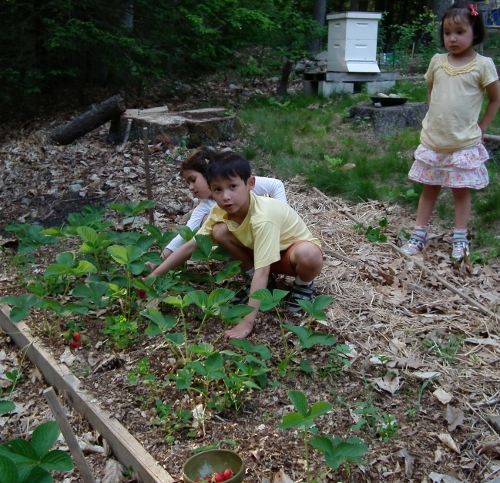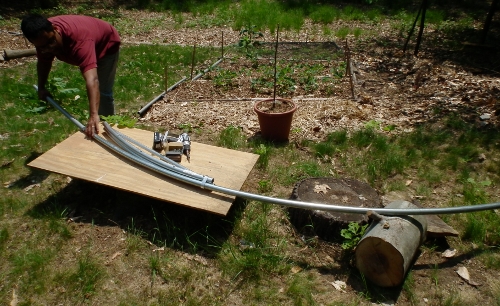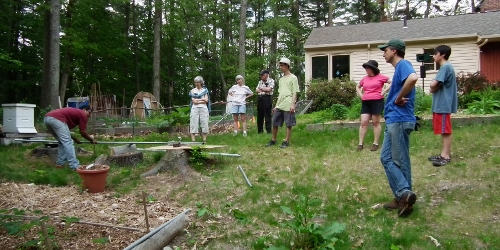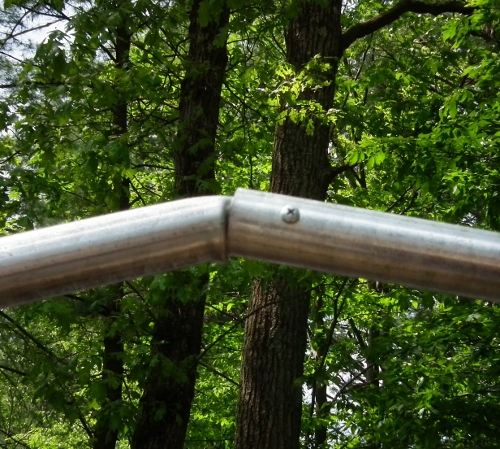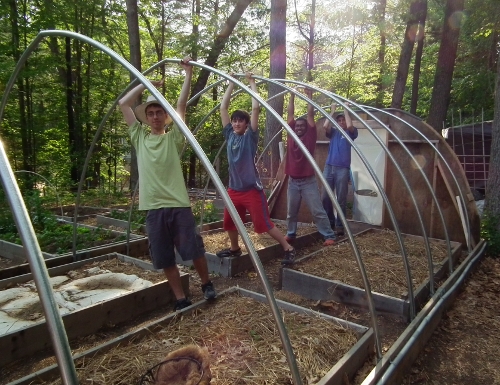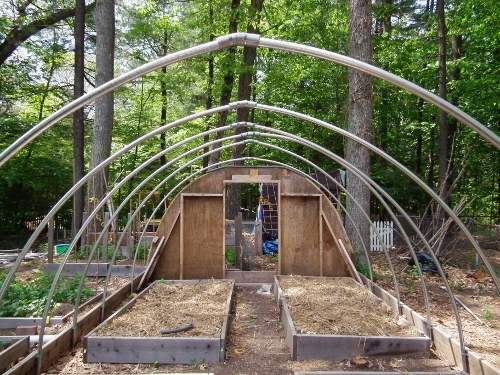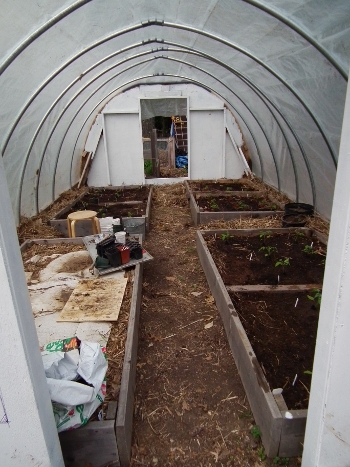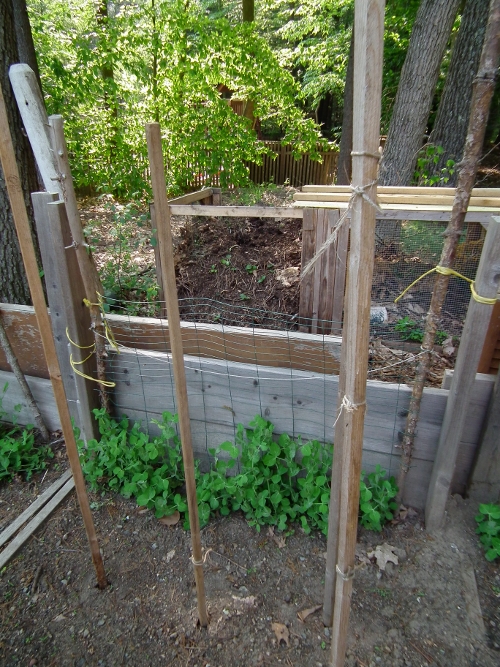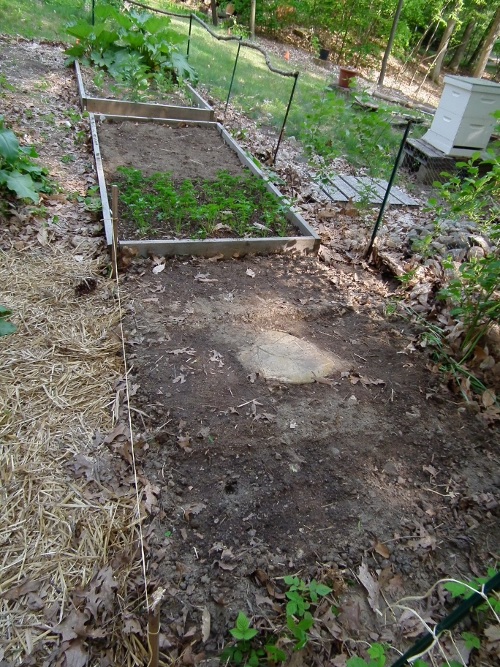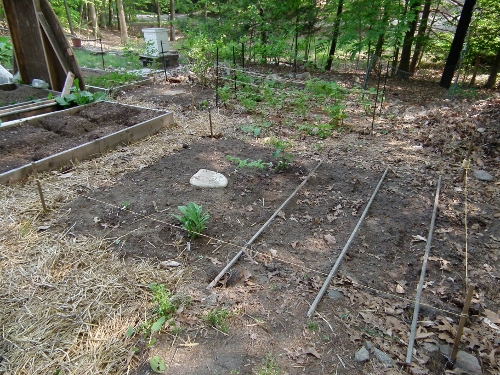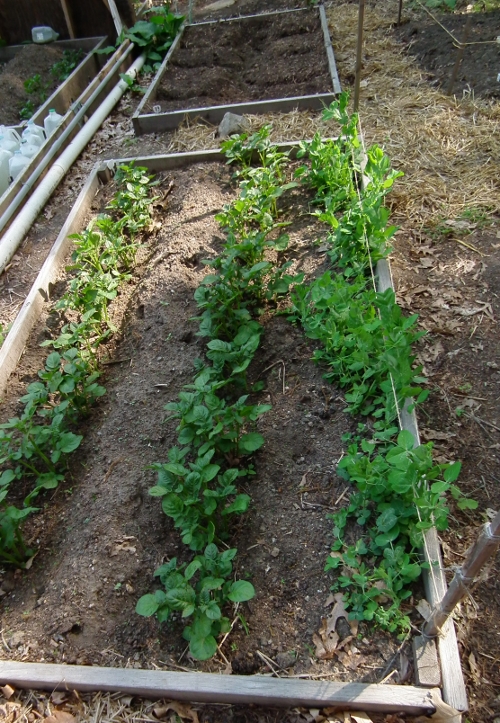While participating in the Training for Transition I came to a profound realization. One of the most powerful exercises in Transition is the positive visioning. People sit in two circles, one inside the other, facing each other so everyone is paired up. The people on the outside are the elders of the future, who have  lived through Transition (the time of change). The people on the inside are young people, who did not live through it, and they ask three questions of their Elder, and listen. At the end, the pairs exchange seats and the circles rotate.
One of the questions is: what is your role in this (Transitioned) world?
Many people see themselves working with food. That’s only to be expected: besides air, water and shelter, what is more important than healthy, nutritious food? So people talk about how they tend the fields, teach others how to grow, scout out places to grow more crops, etc. People talk lovingly about being post-carbon farmers (farmers without oil), about farming together, and the more leisurely pace of life, with many conversations with neighbors, and kids roaming free, and nothing but the blue sky above and the dirt in their hands.
Wonderful visions.
This exercise invites only positive visioning, and some have trouble with this. That’s why we do the exercise. We need to practice hoping. Especially for those who seek Transition, those who have studied up and faced the truth, it’s hard. And thus, powerful.
So here it was my turn as the Elder to answer that question.
“I grow medicine. In the post-carbon world there are no pharmaceuticals, or if there are, there is no easy, quick and affordable way to get the medicine to where it is needed. There are no stockpiles of antibiotics or analgesics. Medicine is homemade.  I am someone who grows this medicine. I found the best spots in the town for growing marshmallow, or motherwort, or even ginger. I grow it, and teach and supervise the growing of it by others. I keep the inventory of the living plants. I harvest them at their appropriate times and with appropriate thanks for their abundance. I then bring them home and dry them and make them into medicine. I keep the apothecary. I don’t diagnose, I don’t heal. I don’t feel ready for that yet. I hope someone else can do that. If not, I’ll help, but humbly.”
I was silent for a second, surprised by my vision. Usually I am a farmer of unspecified crops. Usually I feed people. And beyond my surprise there was more to be said. So I said it:
“It’s hard in this world because we Elders remember the old medicine and health care. It wasn’t all good – the side effects, the addiction, the arrogance and entitlement. But diseases were cured, or held at bay, and lives were lengthened. Now we don’t have it so easy anymore. An infection that would have been treated with a shot can now kill.  We need to be vigilant all the time, grow whole, resilient bodies. Life is no longer prolonged – or rather, death is no longer postponed. We die at our appointed times. It is sad, sometimes, to think that an old drug could have postponed it. But, on the other hand, people now die at home, surrounded by their loved ones and communities. That’s better. That’s better.”
So there we are, that is what I want to do in the future, when I grow up, when the world grows up.
This is the marc of the echinacea root I tinctured and pressed yesterday.
It is what is left of the plant when it has given all it has to give.
Thank you.
~
I’ve added  two Apothecary pages: the Inventory of Medicines and an Inventory of Live Medicinal Plants in the garden.
